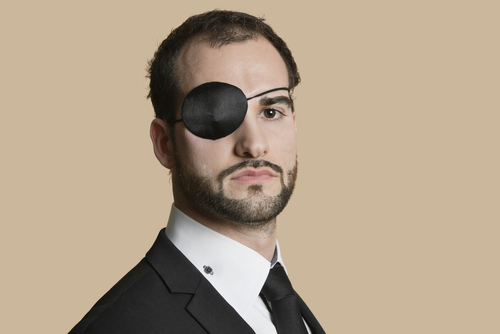One way to open your training session is with the eye-opening statistics given in the “Why It Matters” section! Also inform trainees that the top 5 industries for eye injuries are:

- Manufacturing
- Construction
- Retail trade
- Health care and social assistance
- Administrative, support, and waste management/remediation services
While the first couple of industries may not be surprising, the last three may seem like unlikely professions for eye injuries. But these statistics just show that eye injuries can happen anywhere at any time, so taking precautions to prevent them is always the smart thing to do.
So what causes eye injuries?
- 64% are caused by contact with objects or equipment;
- 31% by exposure to harmful substances or environments; and
- 5% by all other causes.
Great news! BLR’s renowned Safety.BLR.com® website now has even more time-saving features. Take our no-cost site tour! Or better yet, try it at no cost or obligation for a full 2 weeks.
What are the most common eye hazards?
- Flying objects
- Harmful dust particles
- Chemical splashing or spraying
- High-intensity heat or light
- Welding, brazing, and torch cutting
- Direct or reflected sunlight
- Harmful radiation
Prevention Training
Let’s look at two more statistics that relate specifically to eye injury prevention:
- 3 out of 5 workers were not wearing eye protection when an injury occurred—or were wearing the wrong type of eye protection for the job.
- 90% of eye injuries could be prevented—or the severity could be reduced—by wearing the proper eye protection.
Your one-stop safety management resource, available 24/7. Go here to take a no-cost site tour or here to try it in your own office!
Your eyesight is priceless, so protect it with the right kind of equipment. The most common types of eye protection are safety glasses, goggles, and face shields. Make sure you use the right type for the job you are performing.
Safety Glasses:
- Are stronger and safer than regular glasses
- Protect against flying objects
- Don’t protect against hazardous fumes or gases
Safety Goggles:
- Protect against flying objects, sparks, splashes, dust
- Generally offer better protection than safety glasses
- May be indirectly ventilated to keep out splashes and dust
Face Shields:
- Protect face and neck against splashes, flying objects, heat, glare, light
- Don’t offer full head protection
- Must be worn with safety glasses or goggles underneath
NOTE: If you wear prescription glasses or contact lenses, you may need to wear special eye protection. Contact lens wearers should not wear them for certain types of jobs. If you are in one of these categories, check with a supervisor before starting a job that requires eye protection.
Why It Matters
- In 2012, there were 29,300 eye injuries requiring days away from work in U.S. private sector employers.
- 79% of those eye injuries affected men.
- According to the Occupational Safety and Health Administration, eye injuries cost businesses $300 million a year in lost production time, medical expenses and workers’ compensation.
